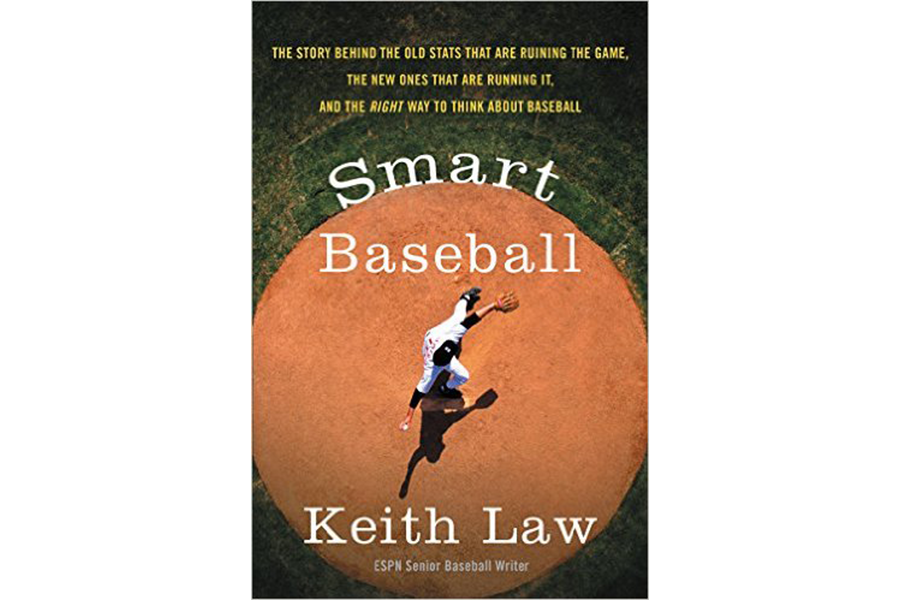Something of a civil war exists in baseball these days over how to best evaluate players, whether through the use of new-fangled statistics (i.e. sabermetrics) or a combination of old-fashioned statistical measures (such as batting averages) and gut instincts. The new analytics, featured in the bestselling book “Moneyball” and Bill James’s annual Baseball Prospectus, have won over many converts in major-league front offices and among fantasy-league fans, and in “Smart Baseball” Keith Law sheds light on why this is. An ESPN analyst and senior baseball writer, Law weaves together accessible explanations and anecdotes to make his case.
Here’s an excerpt from Smart Baseball:
“If you’ve spent any time watching or playing baseball, you know you’re supposed to bat your best hitter third, so that the first two guys can get on base for him and he can drive them in. This is also wrong, for reasons that should have been obvious from the start. Your best hitter should hit second, and we’re starting to see a few teams figure that out – although unlike some of the other changes I’ve described so far in this book, this particular adjustment is taking a while to trickle through.
“Here’s the crux of the argument: Every spot in the lineup gets about 2.5 percent more plate appearances over the course of a full season than the spot after it, which amounts to another trip to the plate every eight or nine games. That means that moving your third-place hitter up to the two hole in the lineup will get him something like 18 more PA [plate appearances] over the course of a season. It’s a marginal gain, but it’s essentially all upside: Why wouldn’t you want your best hitter to come to the plate 18 more times over the course of the season?”







